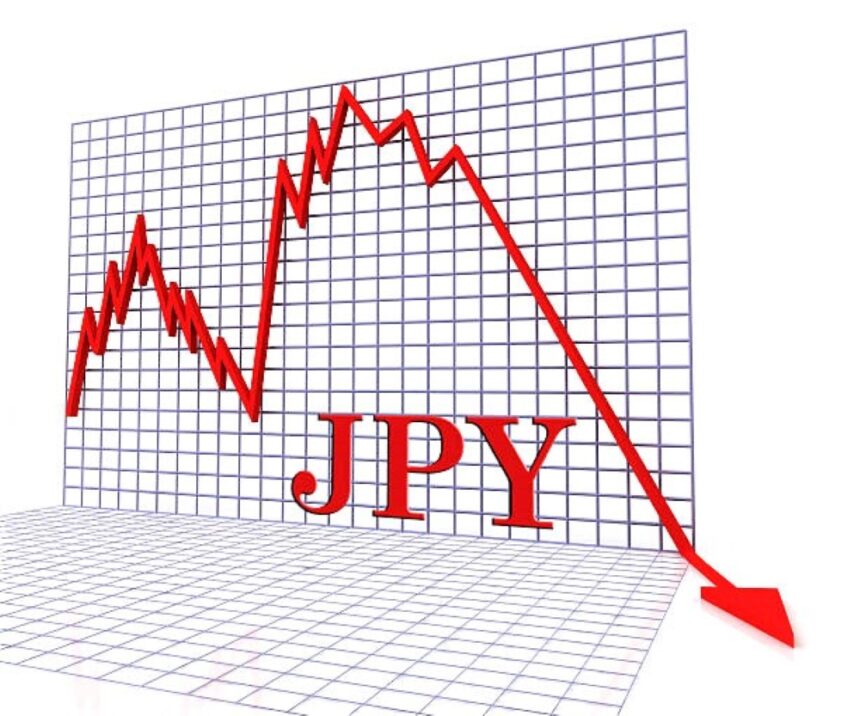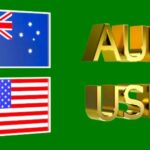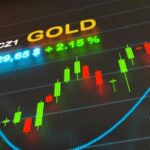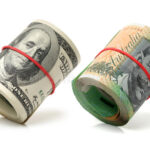Japanese yen remain weak ahead of uncertainty around the Bank of Japan’s rate hike prospects.
During the Asian session on Tuesday, the Japanese yen (JPY) struggles to capitalize on a tiny intraday rise, falling to its lowest level against the US dollar since late July. The growing market confidence that the Bank of Japan (BoJ) will forego raising interest rates again this year despite uncertainty over the incoming government leadership’s stance for monetary policy continues to undermine the yen. Apart from that, the recent rise in US Treasury bond yields to their highest level in nearly three months appears to be another factor weighing on the lower-yielding JPY ahead of Japan’s general election on October 27.
Intervention fears and a lower risk tone limit JPY losses, capping USDJPY gains.
The US Dollar (USD) maintains its recent strong gains since the beginning of the month on forecasts for a less aggressive easing by the Federal Reserve (Fed), helping the USDJPY pair draw some dip-buyers near the mid-150.00s. However, suspicions that Japanese authorities will intervene to support the native currency prevent traders from placing further bearish bets on the JPY. Aside from that, a milder risk tone supports the safe-haven JPY and contributes to capping. the currency pairing. Nonetheless, the fundamental backdrop favors bulls and suggests that the market will continue to appreciate in the near future.
Daily Market Movers: Japanese Yen fails to find a clear intraday trend amid contradictory fundamental indications.
The Japanese yen attracted some buyers on Tuesday on rumors of future government intervention, particularly after falling below the psychological barrier of 150.00 against the US dollar.
Atsushi Mimura, Japan’s assistant finance minister for international affairs, stated last Friday that excessive volatility in the FX market is undesirable, and that authorities are closely monitoring FX movements with a high level of urgency.
Last week, Bank of Japan Governor Kazuo Ueda hinted that the central bank is not in a rush to hike interest rates further, emphasizing the The economic impact of volatile markets and global threats must be prioritized.
Furthermore, dovish comments by Japanese Prime Minister Shigeru Ishiba raise questions about the new political leadership’s monetary policy preferences, which are expected to serve as a headwind for the JPY.
US dollar rose to its highest level since early August.
Meanwhile, the US dollar rose to its highest level since early August, reflecting increased confidence that the Federal Reserve will decrease interest rates gradually over the next year as the US economy stays relatively solid.
Dallas Fed President Lorie Logan said on Monday that if the economy meets expectations, she expects modest rate cuts and that the US central bank will need to be flexible with monetary policy decisions due to risks to the inflation aim.
Separately, Minneapolis Fed President Neel Kashkari stated that investors should expect a gradual pace of rate cuts in the coming quarters, while evidence of rapid labor market weakness may lead to faster rate cuts.
Furthermore, Kansas Fed President Jeffrey Schmid stated that the US central bank must avoid major volatility in interest rates and advocated for thoughtful, consistent, and purposeful methods of lowering interest rates.
Meanwhile, expectations that Donald Trump’s victory in the November 5 US presidential election would result in the imposition of more possibly inflationary taxes spurred an overnight selloff in US government debt.
On Monday, the yield on the rate-sensitive 2-year US government bond finished at its highest since August 19, while the benchmark 10-year US Treasury yield reached the highest since July 26 underpins the US dollar.









